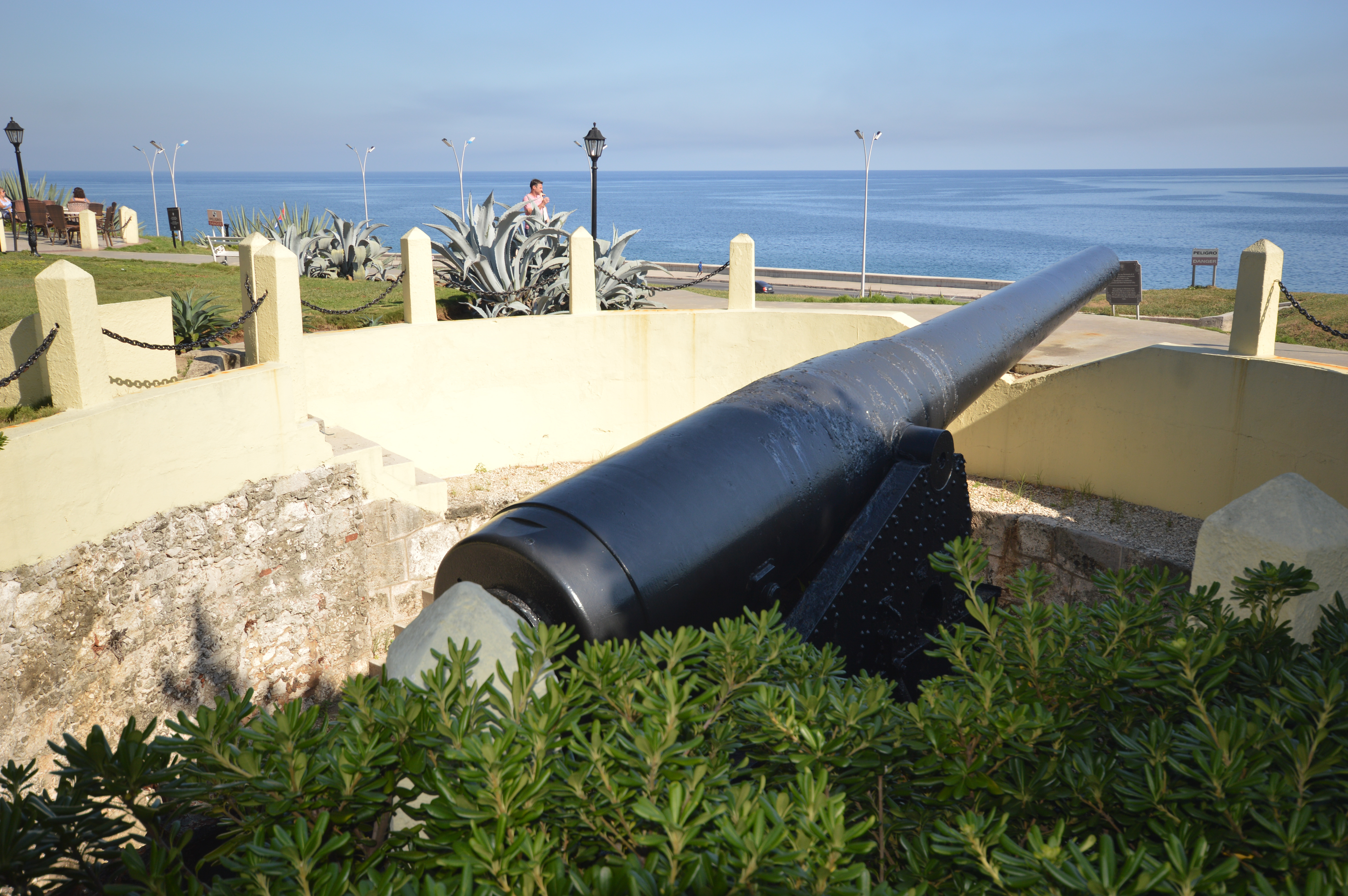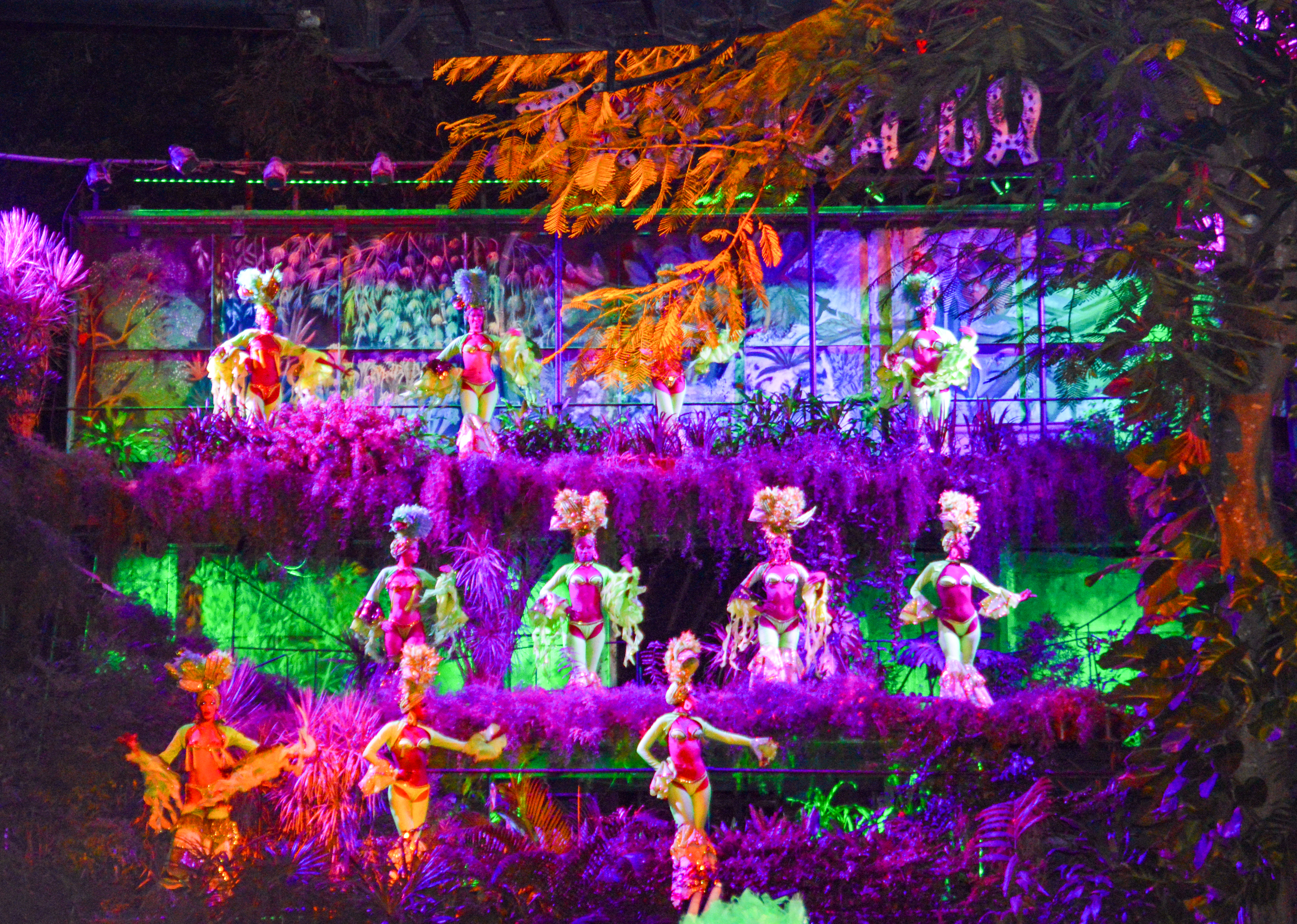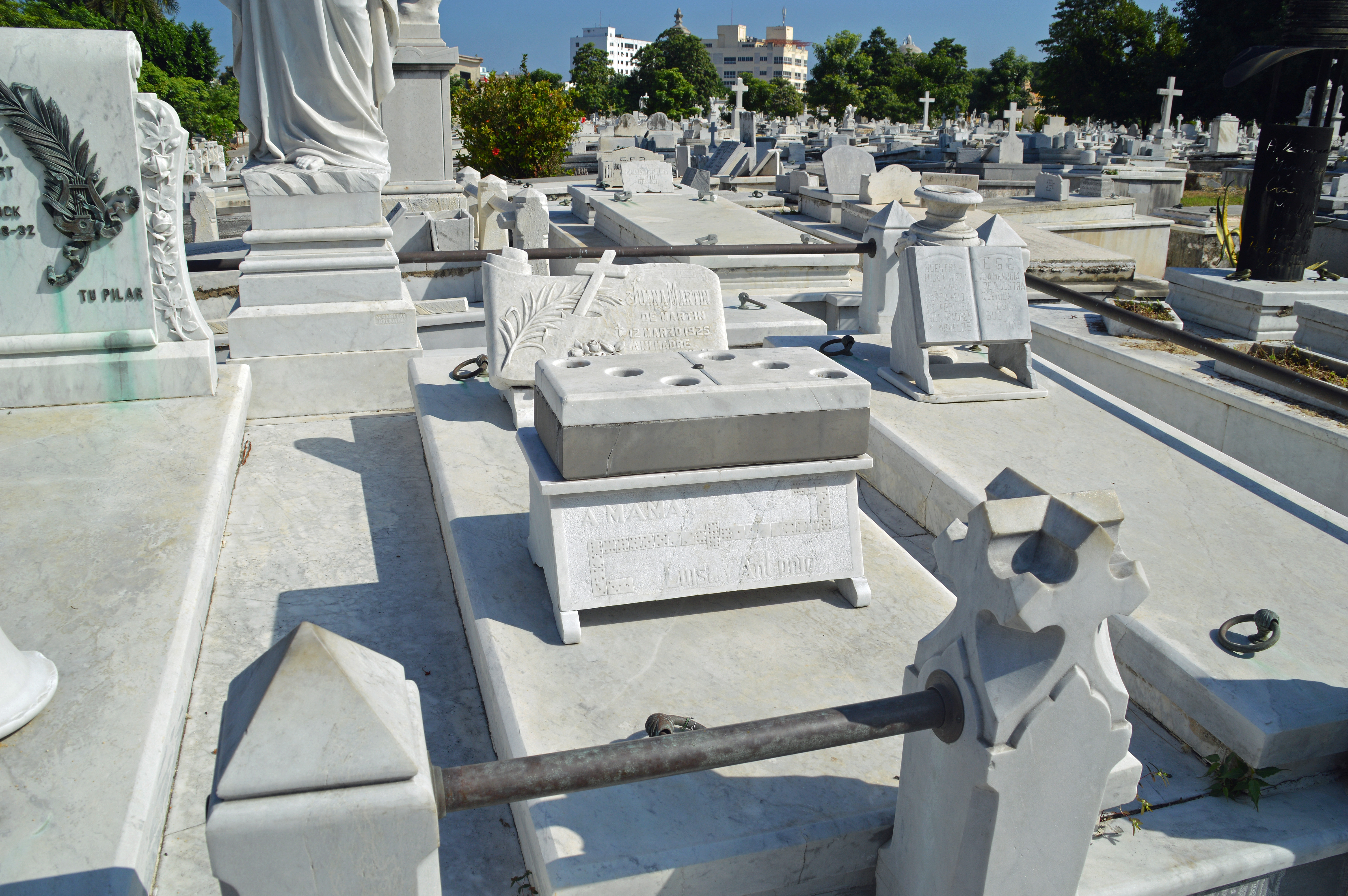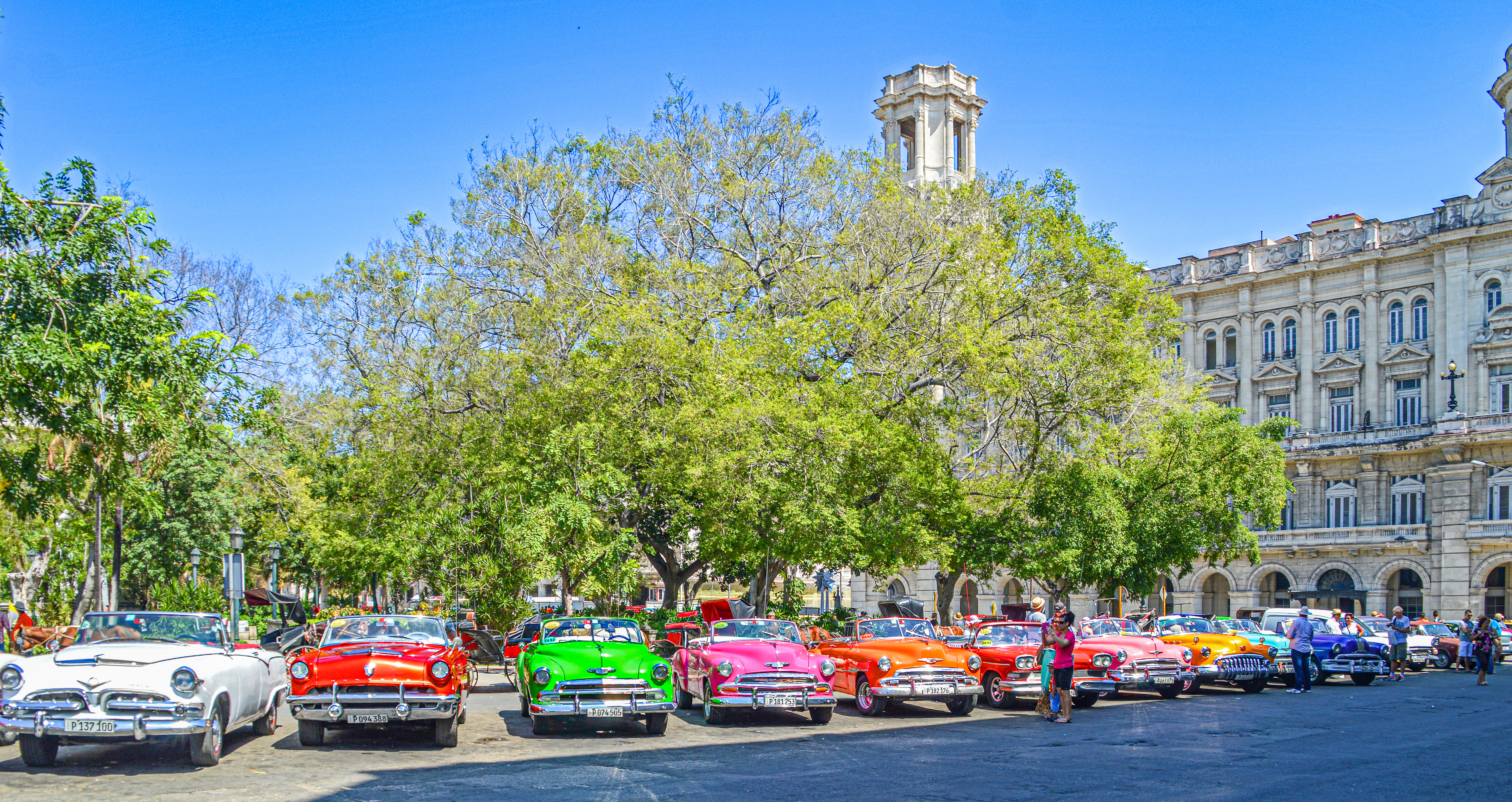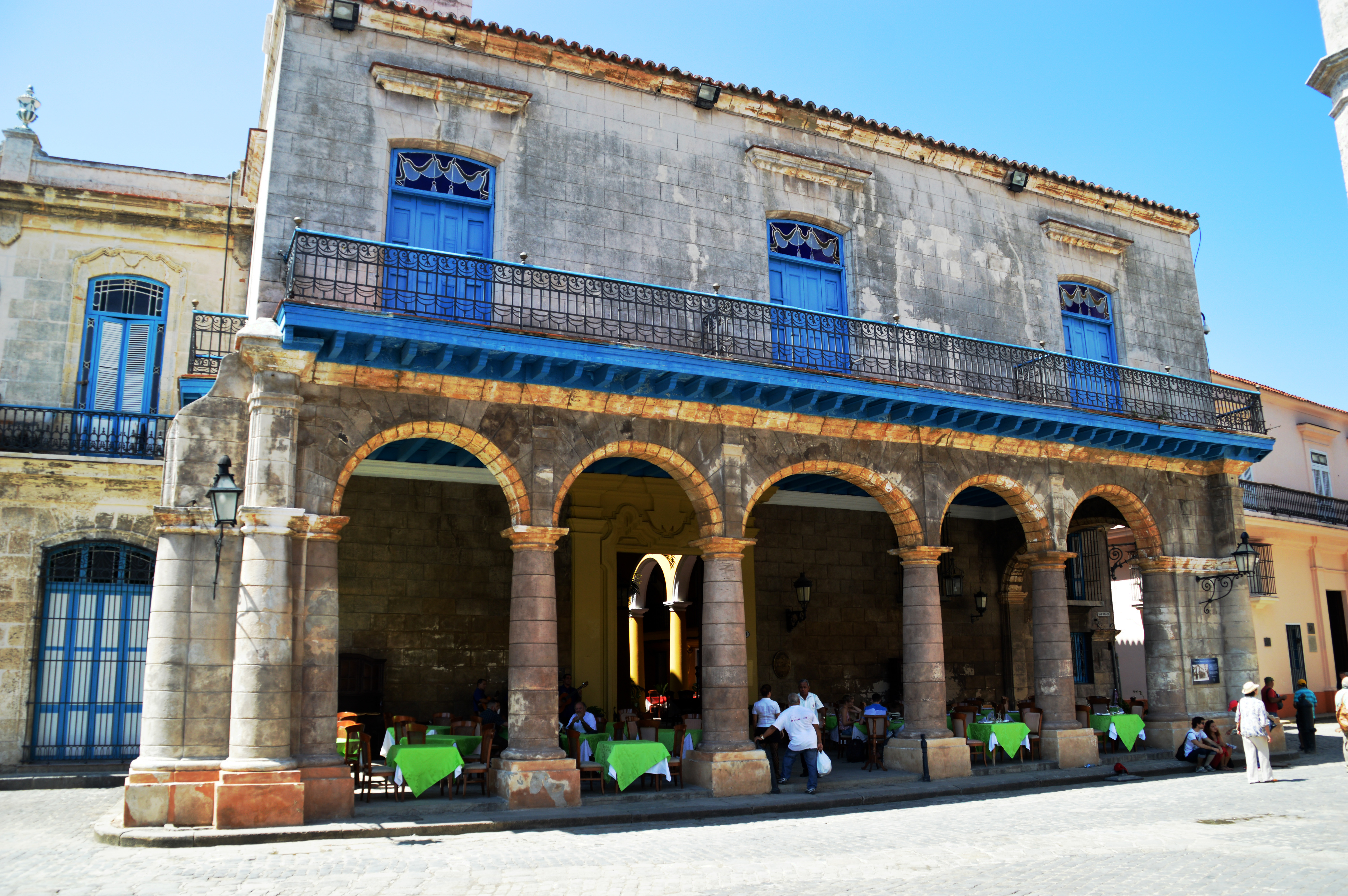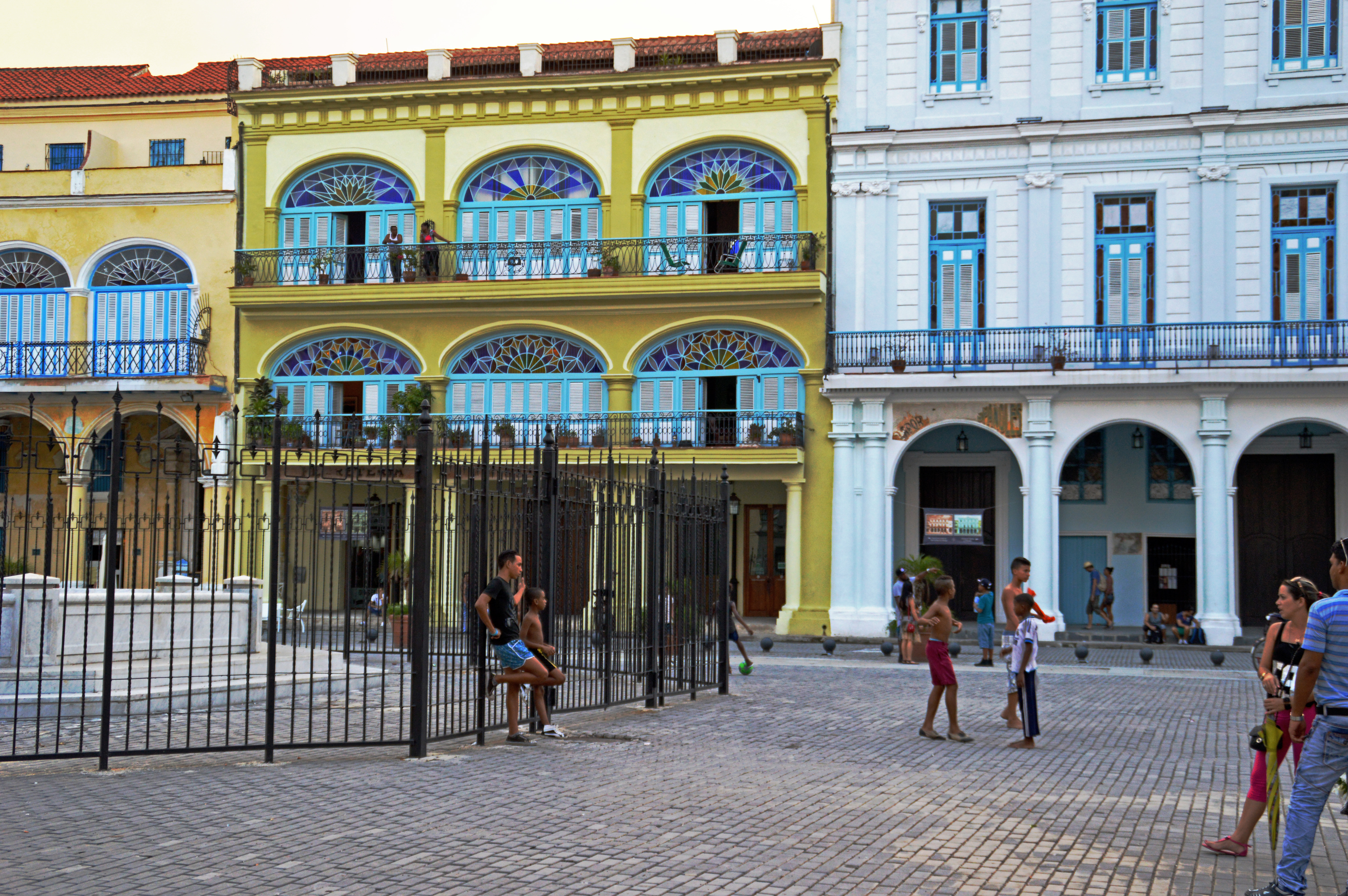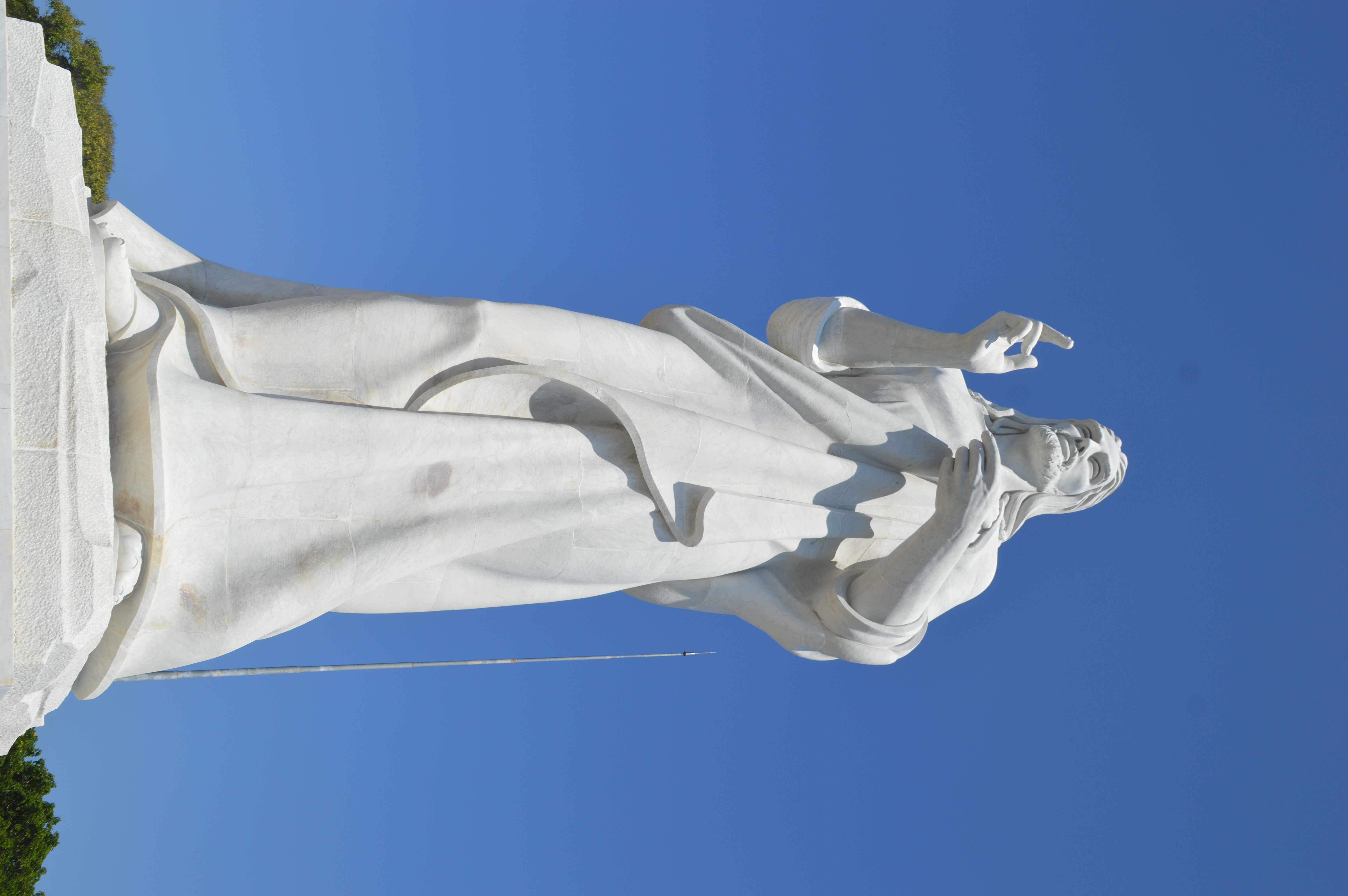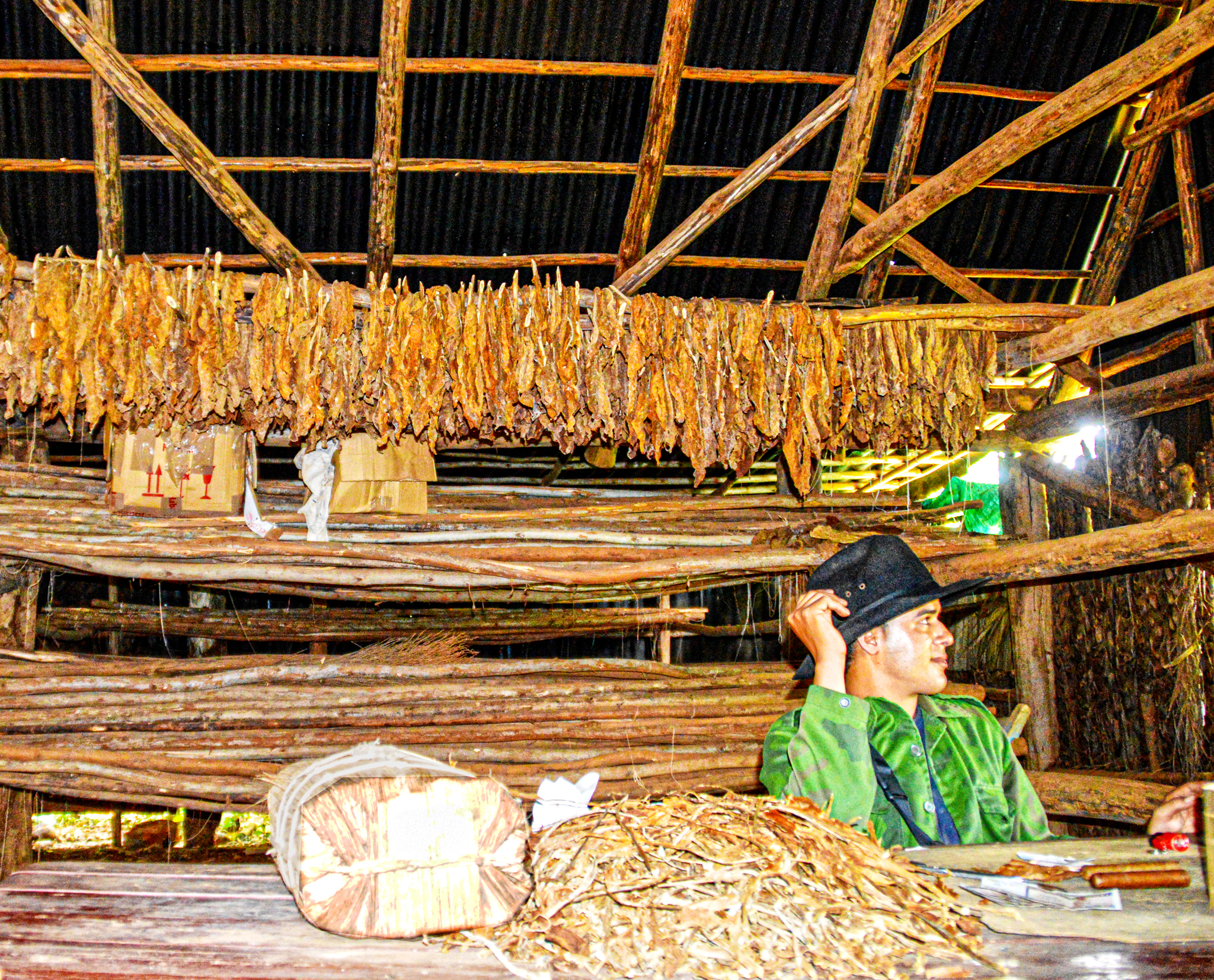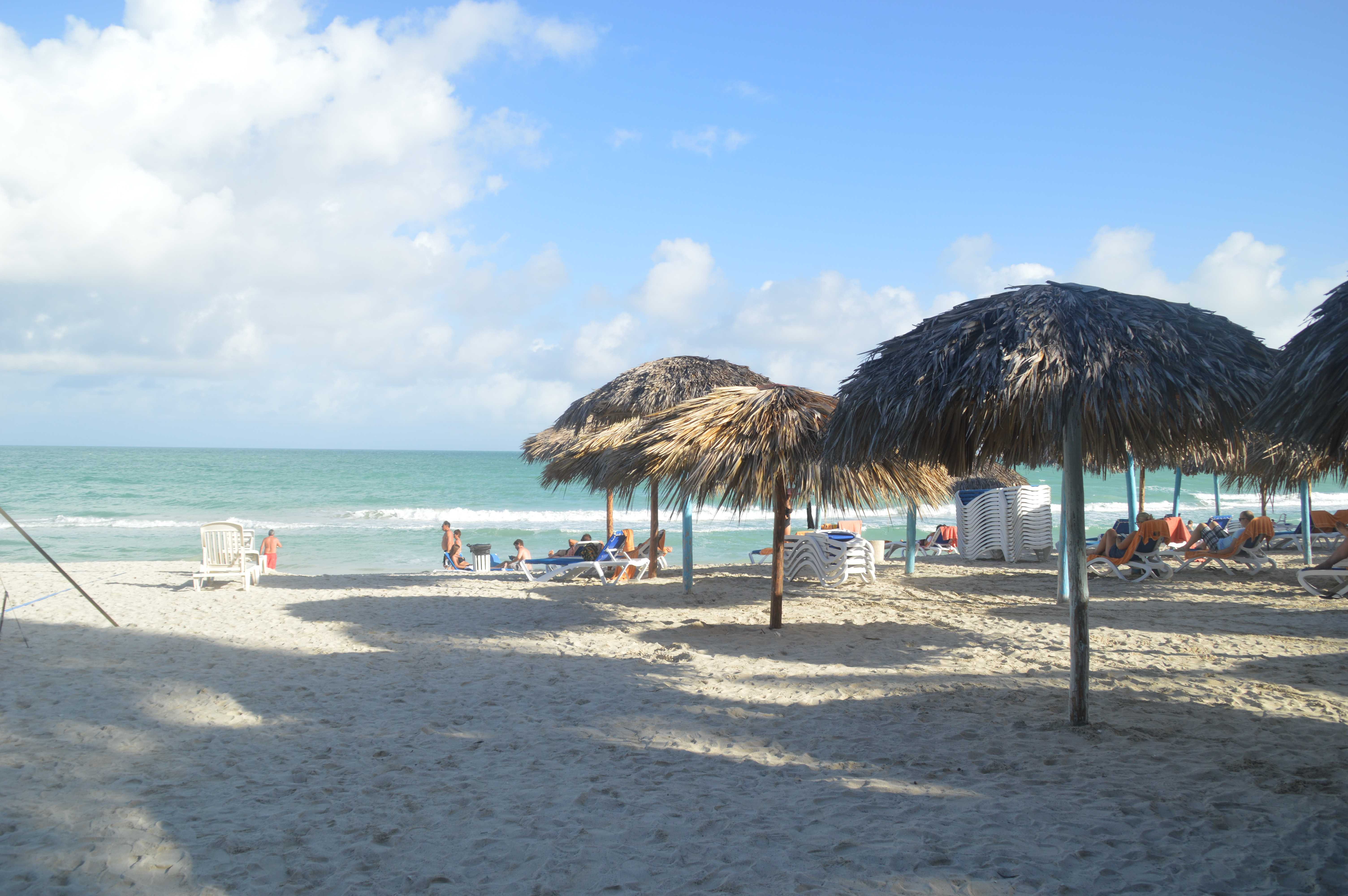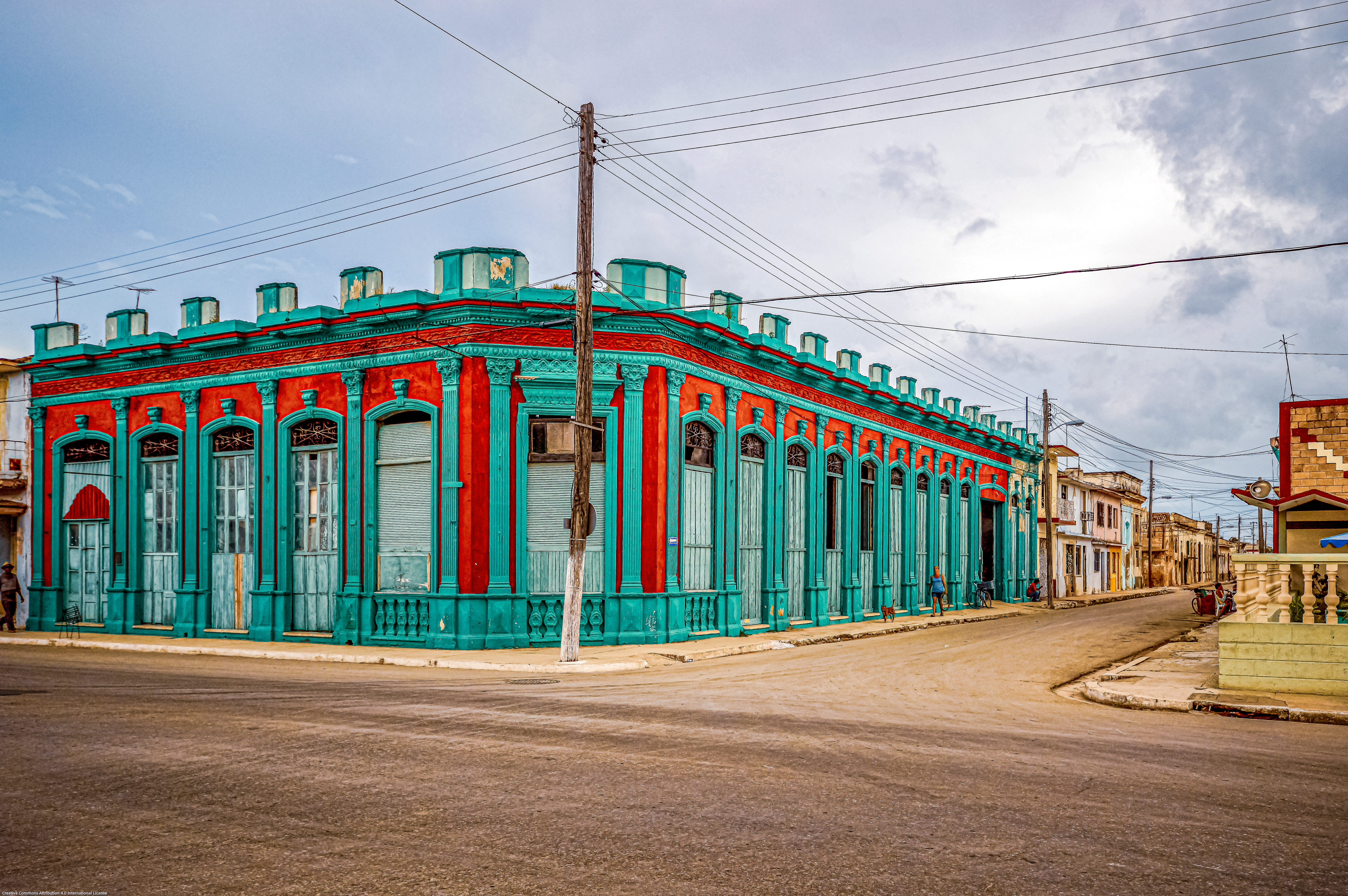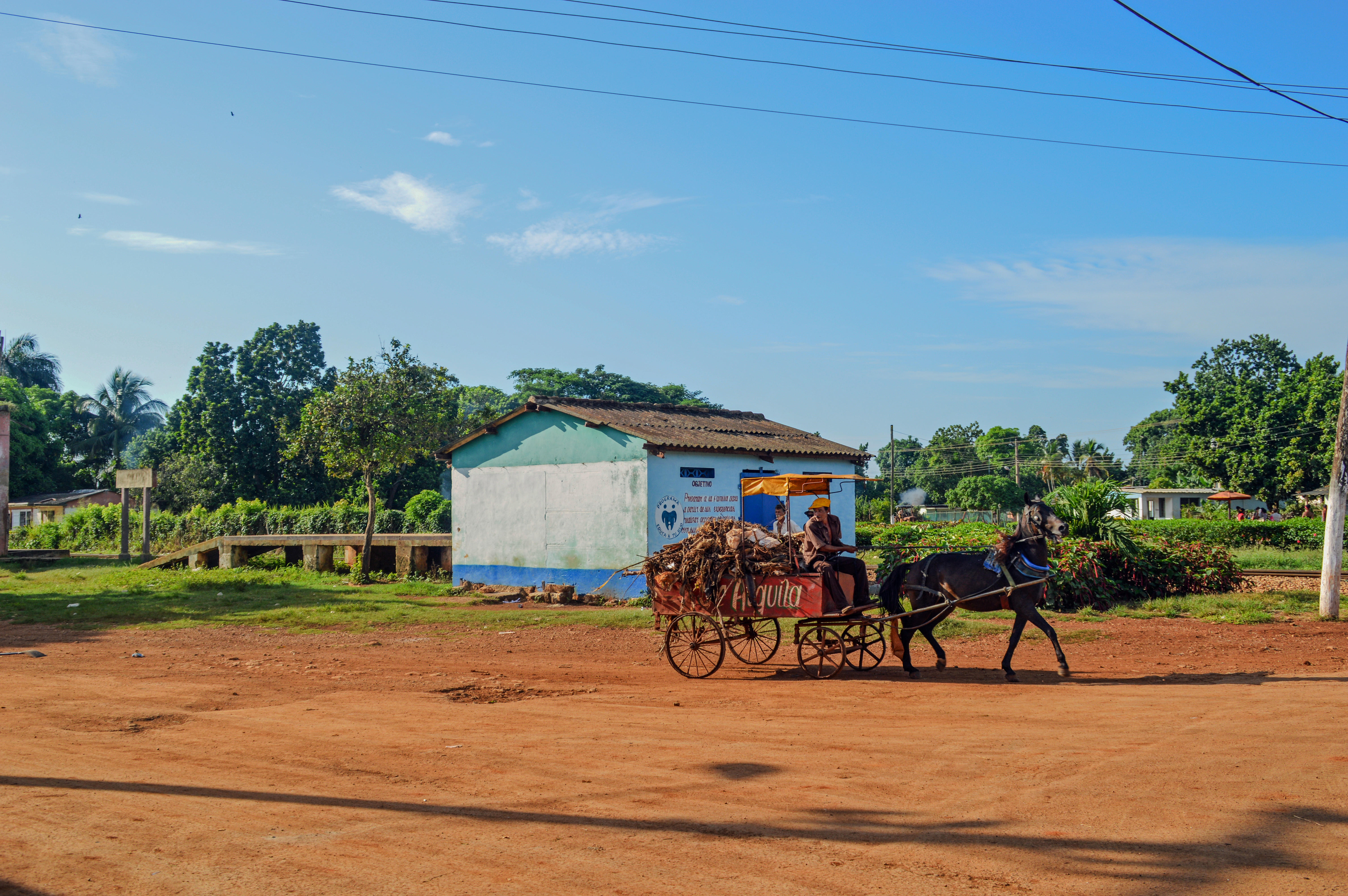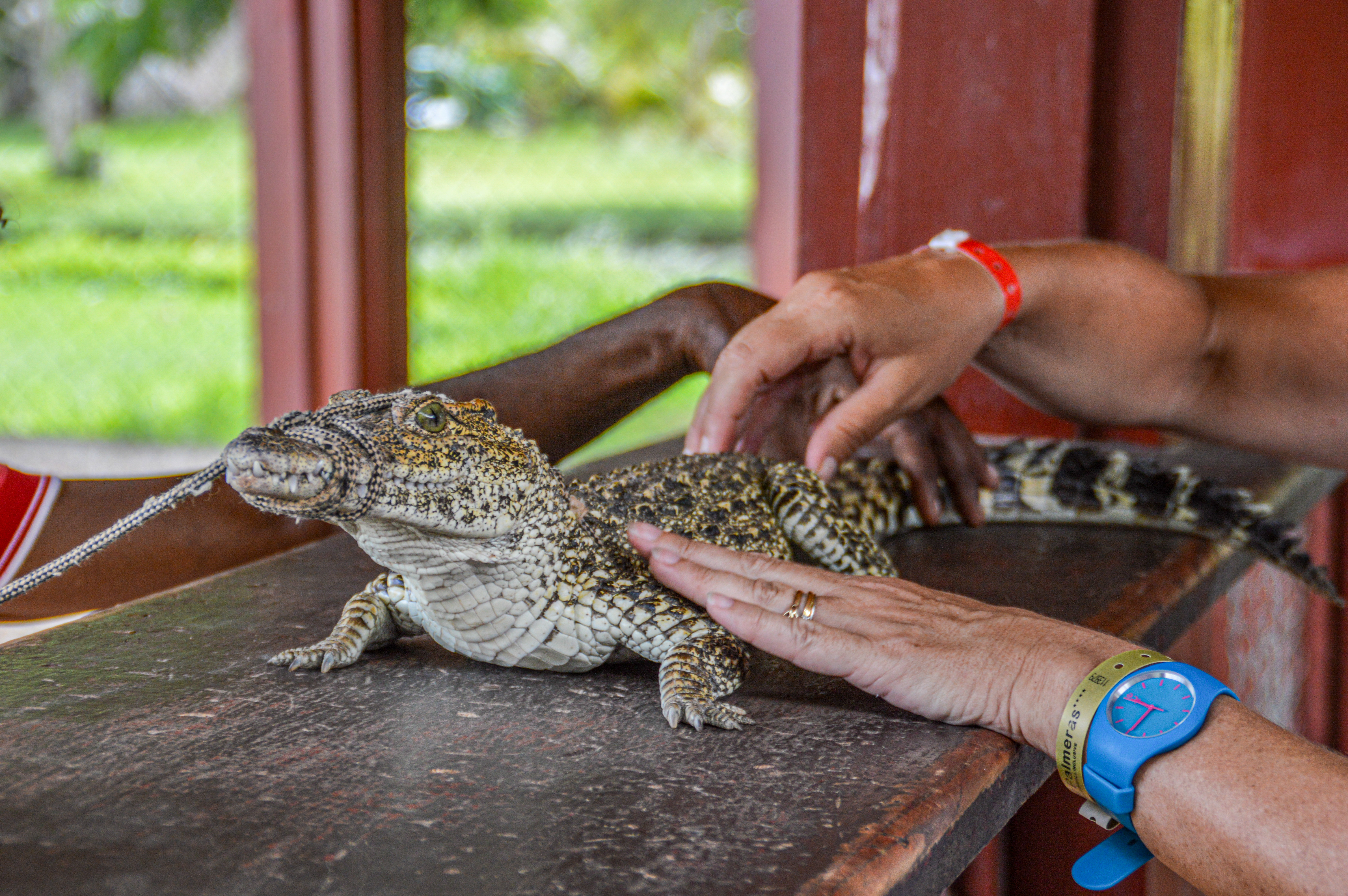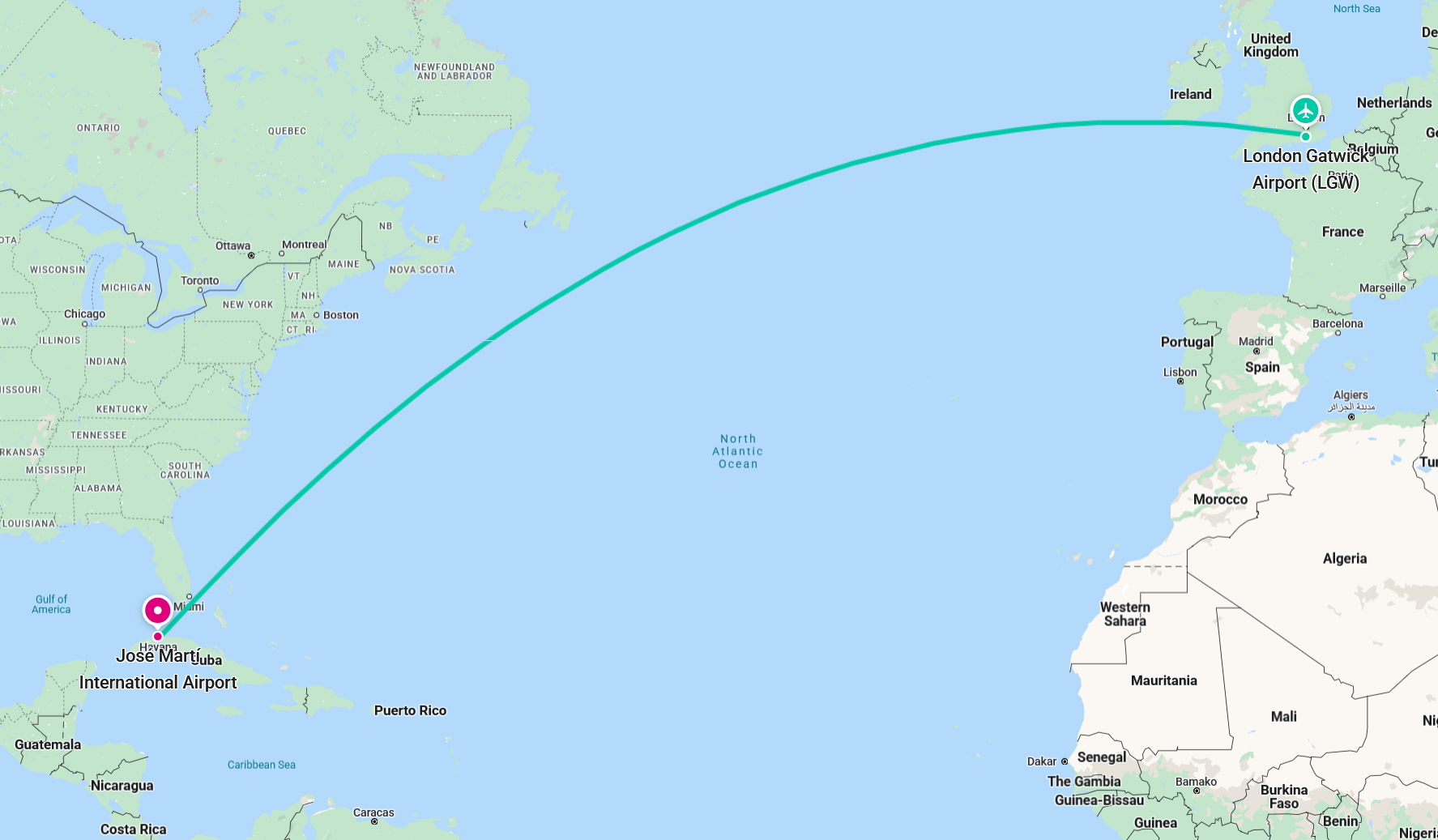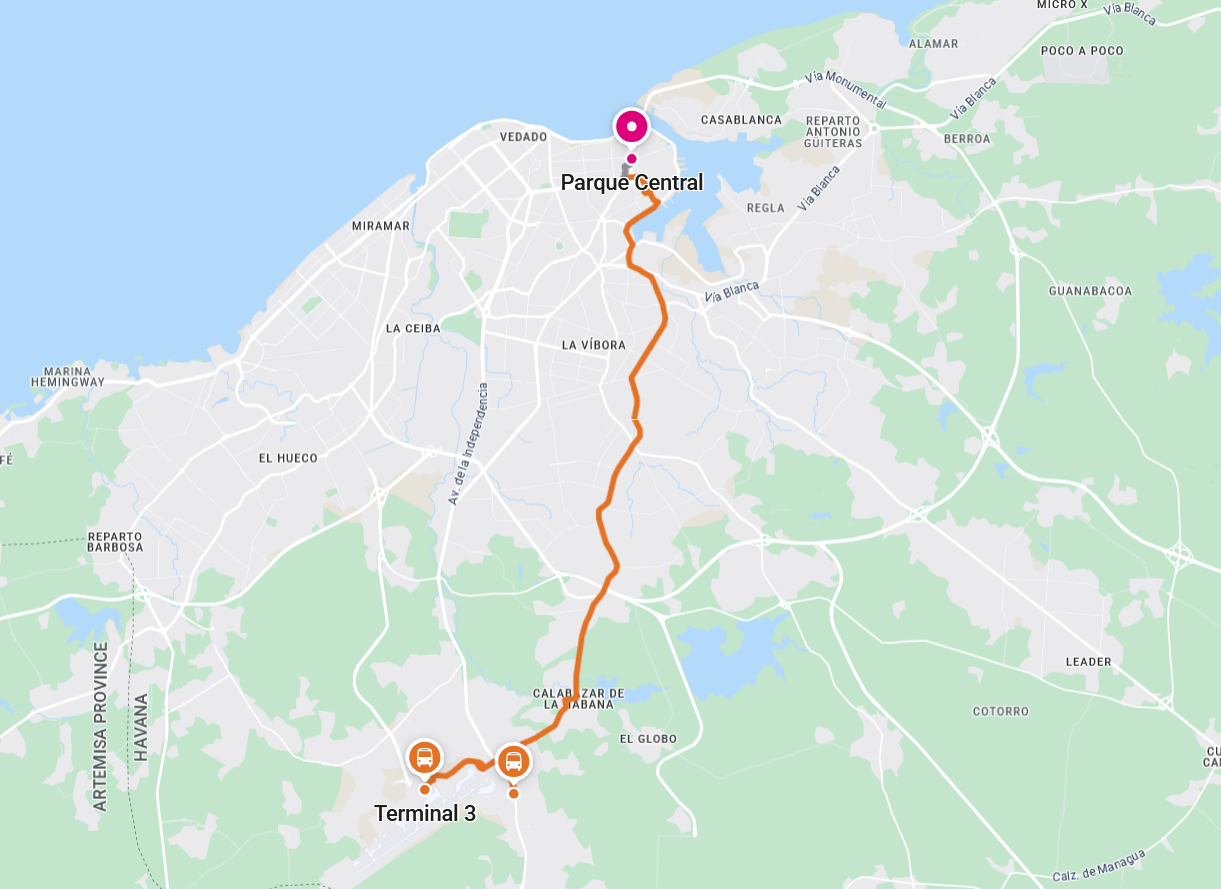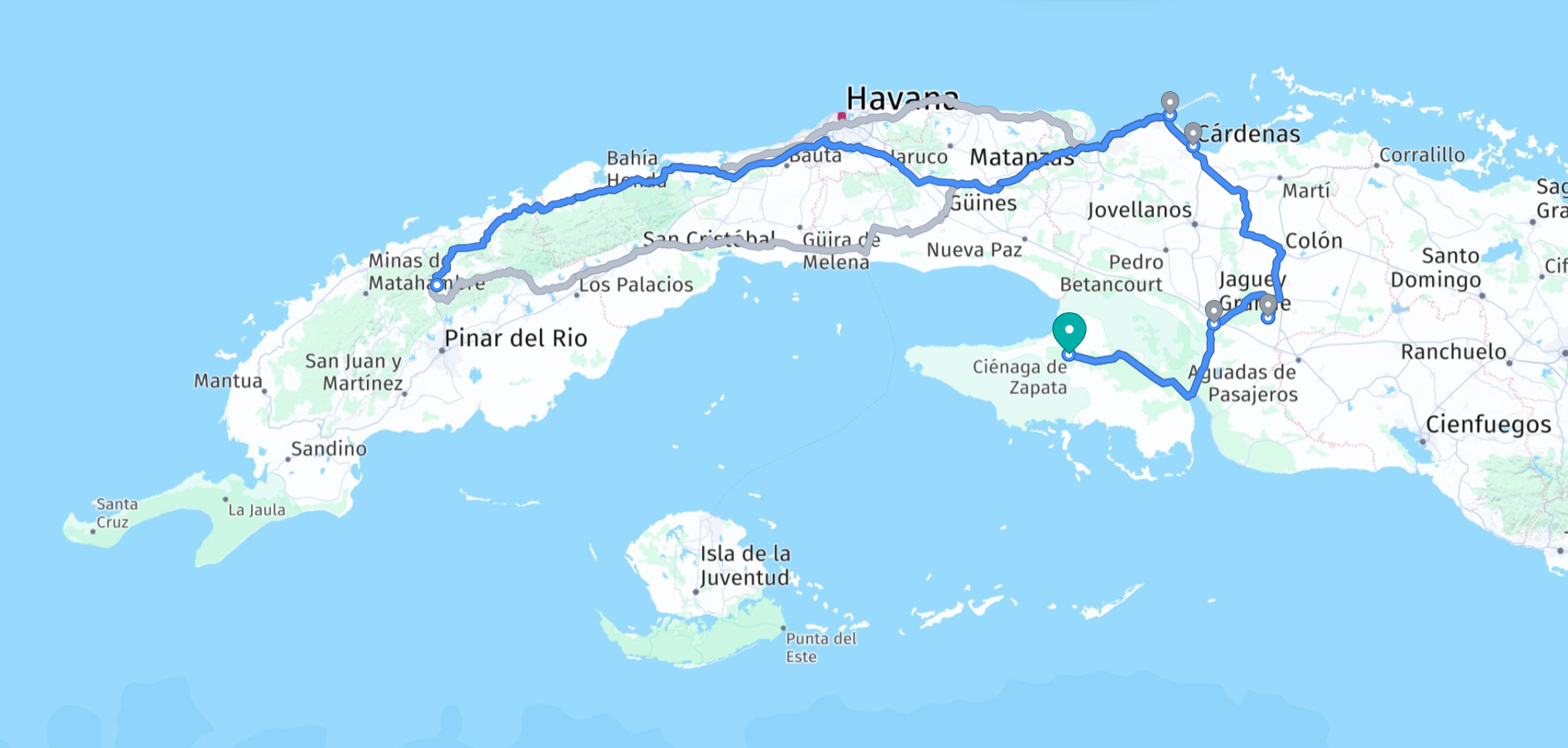About Cuba Gallery
Cuba, officially the Republic of Cuba, is not only the largest island in the Caribbean but also a mosaic of vibrant landscapes—from bustling Havana with its colonial architecture and vintage American cars to peaceful rural areas and pristine white-sand beaches on smaller cays and resorts like Cayo Santa María
The island's history is as layered as its cultural heritage. Initially inhabited by indigenous peoples like the Taíno, it was claimed by Christopher Columbus in 1492 and later became a vital Spanish colony. Following a series of struggles for independence—including the Spanish–American War—Cuba established itself as an independent republic until the revolutionary changes of 1959 set the stage for its current socialist structure.
Cuba's cultural landscape is renowned worldwide. The island pulses with music, dance, and art that merge African, Spanish, and indigenous influences. From the upbeat rhythms of salsa and rumba to its celebrated literary and artistic traditions, the Cuban spirit is characterized by warmth, resilience, and creativity. The people of Cuba have a knack for finding joy in everyday life—even in the face of challenges, such as regular power outages—which they approach with humor and resourcefulness . This blend of tradition and contemporary influence makes Cuba a truly dynamic society.
Cuba is governed as a one-party socialist republic, a legacy of the Cuban Revolution that transformed its political and economic systems. While this system has provided a certain stability and a focus on universal healthcare and education, it has also led to economic challenges. Infrastructure issues, such as frequent scheduled power outages, highlight the ongoing struggle to modernize amidst limited resources . In recent years, rising concerns over public safety and increasing reports of crime have also emerged, contributing to a complex internal dialogue and evolving public sentiment about the future direction of the country .
Tourism is a major component of Cuba's economy, though the sector has faced ups and downs. Iconic destinations like Havana, Varadero, and resorts on Cayo Santa María offer stunning natural beauty and cultural immersion. However, recent accounts have noted a decline in tourist numbers, with some once-bustling resorts now showing signs of solitude—a reflection of broader economic challenges and shifts in international travel dynamics . Visitors to Cuba are often advised to prepare for experiences that differ markedly from the expectations set by more conventional tourist destinations. Understanding the realities of power outages and infrastructure limitations can add to the adventure and authenticity of a Cuban experience.
en.wikipedia.org

